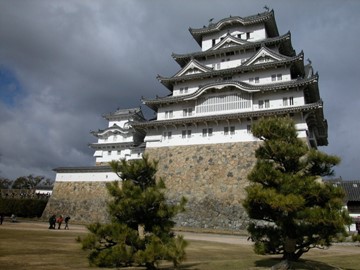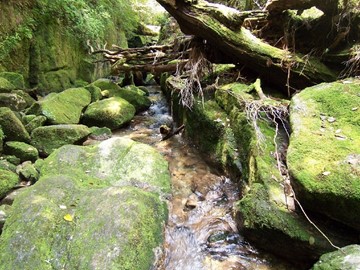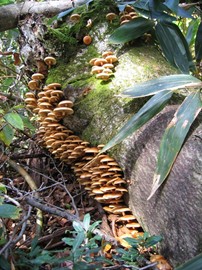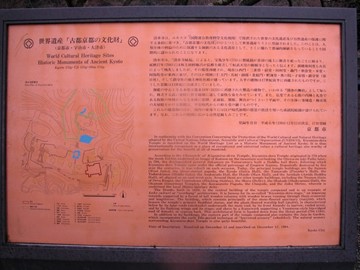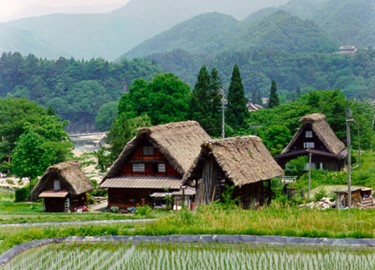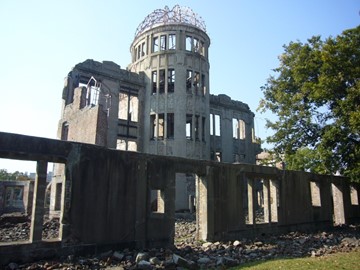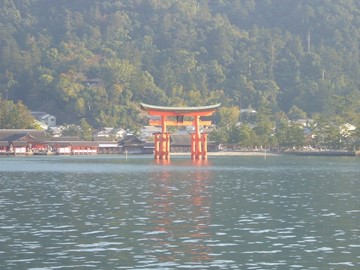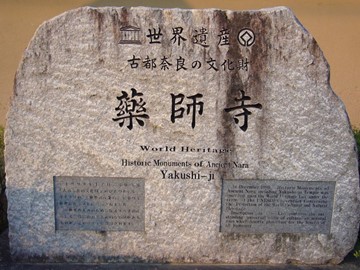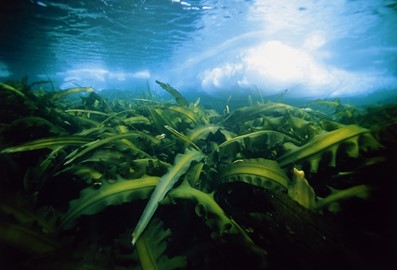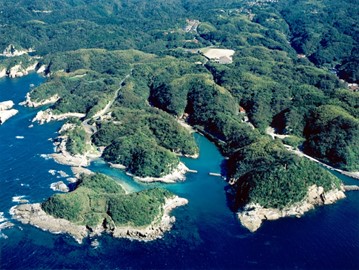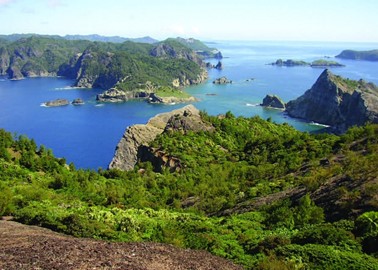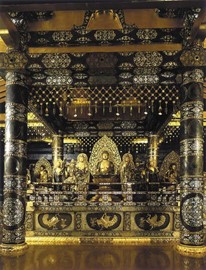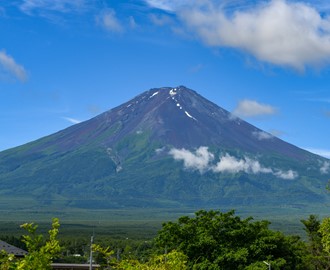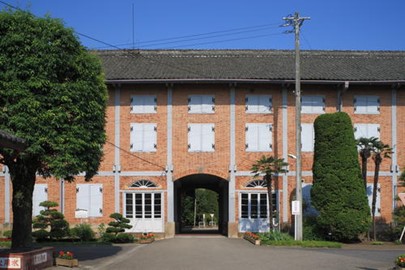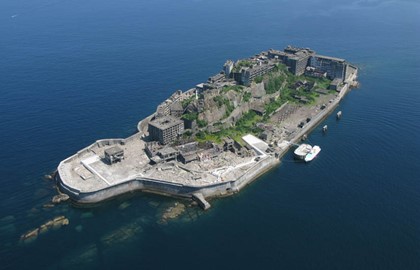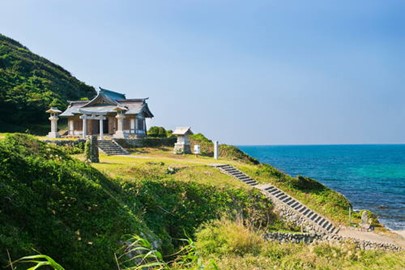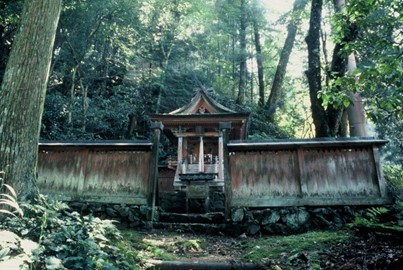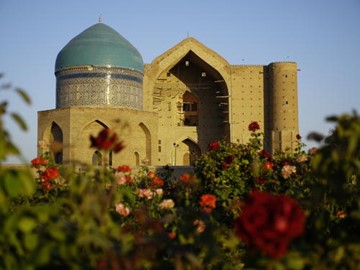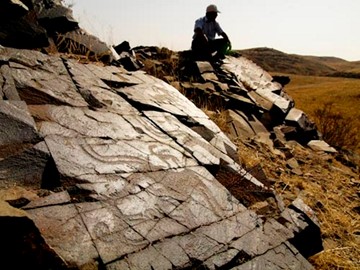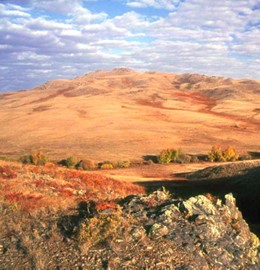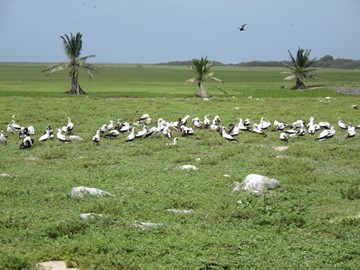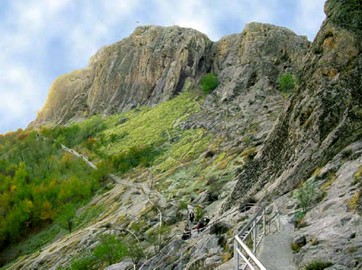region :: asia and the pacific
Himeji jo
Himeji-jo, a UNESCO World Heritage site in Japan, is an exemplary masterpiece of traditional Japanese castle architecture. Known as the 'White Heron Castle' for its elegant, white-plastered walls, this well-preserved feudal-era fortress features an intricate defensive design with multiple towers, gates, and moats. Its historical and cultural significance lies in its representation of samurai-era engineering and aesthetics, offering insight into Japan’s medieval past.
Yakushima
Yakushima, a UNESCO World Heritage site in Japan, is renowned for its ancient cedar forests and unique subtropical ecosystem. This lush island features towering, moss-covered trees, some over 1,000 years old, thriving in a rugged, mountainous landscape. Its exceptional biodiversity and natural beauty, including rare flora and fauna, highlight its global significance as a pristine ecological treasure.
Shirakami Sanchi
Shirakami-Sanchi, a UNESCO World Heritage site in Japan, is a pristine expanse of ancient beech forest renowned for its rich biodiversity and untouched natural beauty. This mountainous region harbors a diverse ecosystem, including rare species like the Japanese black bear and the golden eagle, thriving amid dense woodlands. Its cultural and ecological value lies in its representation of the last remaining virgin beech forests in East Asia, offering a window into the region's natural heritage.
Kyoto, Uji and Otsu
The Historic Monuments of Ancient Kyoto, a UNESCO World Heritage site in Japan, encompass a collection of temples, shrines, and palaces that exemplify the architectural and cultural brilliance of Japan’s former imperial capital. Highlights include the serene Kinkaku-ji (Golden Pavilion), the expansive Nijo Castle, and the sacred Fushimi Inari Shrine, known for its iconic red torii gates. Recognized for their historical and aesthetic value, these landmarks reflect centuries of Buddhist and Shinto traditions ... Read More
Shirakawa go and Gokayama
Shirakawa-go and Gokayama, a UNESCO World Heritage site in Japan, are renowned for their historic gassho-zukuri farmhouses, characterized by steeply pitched thatched roofs designed to withstand heavy snowfall. These well-preserved villages exemplify traditional rural life and sustainable architecture, blending harmoniously with the surrounding mountainous landscape. Recognized for their cultural value, they offer a glimpse into Japan’s historical ingenuity and community resilience.
Hiroshima Peace Memorial
The Hiroshima Peace Memorial, a UNESCO World Heritage site in Japan, stands as a poignant symbol of peace and resilience. Known as the Atomic Bomb Dome, this preserved ruin is the only structure left near the hypocenter of the 1945 atomic blast, showcasing the devastating impact of nuclear warfare. Surrounded by a memorial park, it honors the victims and promotes global disarmament.
Itsukushima
Itsukushima Shinto Shrine, a UNESCO World Heritage site in Japan, is an iconic spiritual landmark renowned for its 'floating' torii gate, which appears to rise from the sea during high tide. This sacred complex, dedicated to the Shinto deities of the sea, features elegant wooden structures harmoniously blending with the natural landscape. Celebrated for its architectural beauty and cultural significance, it exemplifies Japan’s historical reverence for nature and spirituality.
Nara
Ancient Nara, a UNESCO World Heritage site in Japan, is a historic city renowned for its well-preserved temples, shrines, and archaeological treasures from the 8th century, when it served as the country’s first permanent capital. Key landmarks include the grand Todai-ji Temple, housing a massive bronze Buddha, and the sacred Kasuga-taisha Shrine with its iconic lanterns. This cultural landscape exemplifies early Japanese urban planning and Buddhist heritage, offering insight into a pivotal era of the nation... Read More
Nikko
The Shrines and Temples of Nikko, a UNESCO World Heritage site in Japan, exemplify a harmonious blend of Shinto and Buddhist architecture set amid a natural landscape. This sacred complex includes the ornate Toshogu Shrine, dedicated to Tokugawa Ieyasu, featuring intricate wood carvings and vibrant decorations. Renowned for its cultural and spiritual importance, it reflects centuries of religious tradition and artistic mastery.
Gusuku Sites
The Gusuku Sites, a UNESCO World Heritage site in Japan, represent a unique collection of castles, sacred sites, and archaeological remains from the Ryukyu Kingdom. These stone-walled fortresses, including the iconic Shuri Castle, highlight a distinctive blend of Japanese and Chinese architectural influences. Recognized for their historical and cultural value, they illustrate the kingdom’s medieval social structure and spiritual traditions.
Shiretoko
Shiretoko, a UNESCO World Heritage site in Japan, is a pristine natural region renowned for its rich biodiversity and dramatic coastal landscapes. This remote peninsula features rugged mountains, dense forests, and a unique ecosystem supporting rare species like the Blakiston’s fish owl and Steller’s sea eagle. Its seasonal sea ice fosters a productive marine environment, sustaining diverse wildlife and fisheries. Shiretoko exemplifies an untouched wilderness harmonizing terrestrial and aquatic habitats.
Iwami Ginzan Silver Mine
The Iwami Ginzan Silver Mine, a UNESCO World Heritage site in Japan, is a historic mining complex renowned for its well-preserved remnants of silver extraction from the 16th to 20th centuries. This site features underground tunnels, refining facilities, and traditional settlements, illustrating advanced mining techniques that once supplied a significant portion of global silver. Its forested landscape and cultural heritage highlight the harmonious blend of human industry and nature.
Ogasawara Islands
The Ogasawara Islands, a UNESCO World Heritage site in Japan, form a remote subtropical archipelago renowned for their unique biodiversity and evolutionary significance. These volcanic islands host over 440 species of native plants and rare endemic wildlife, such as the Bonin flying fox, thriving in isolation from mainland influences. Their pristine beaches, coral reefs, and rugged landscapes highlight a natural laboratory of ecological adaptation and geological history.
Hiraizumi
Hiraizumi, a UNESCO World Heritage site in Japan, is renowned for its well-preserved 11th- and 12th-century Buddhist temples and gardens, reflecting the ideals of Pure Land Buddhism. Key landmarks include the Chuson-ji Temple with its ornate Golden Hall and the Motsu-ji Temple’s tranquil pond garden, both exemplifying medieval Japanese architecture and spiritual heritage. This historic site offers a glimpse into a prosperous cultural era shaped by the powerful Fujiwara clan.
Fujisan
Fujisan, a UNESCO World Heritage site in Japan, is an iconic volcanic peak revered for its symmetrical beauty and cultural significance. This sacred mountain has inspired art, poetry, and pilgrimage for centuries, with historic shrines and trails dotting its slopes. Its snow-capped summit and surrounding landscapes exemplify a harmonious blend of natural splendor and spiritual tradition.
Tomioka Silk Mill
The Tomioka Silk Mill, a UNESCO World Heritage site in Japan, is a well-preserved industrial complex from the late 19th century, symbolizing the country’s early modernization. Established in 1872, it introduced Western silk-reeling technology to boost Japan’s silk industry, featuring original brick buildings, machinery, and workers’ quarters. This site highlights Japan’s pivotal role in the global silk trade and its rapid technological advancement during the Meiji era.
Sites of Meiji Industrial Revolution
The Sites of Japan’s Meiji Industrial Revolution, a UNESCO World Heritage site, highlight the country’s rapid transformation from a feudal society to a modern industrial power in the late 19th and early 20th centuries. This collection of historic locations includes coal mines, shipyards, and steelworks, showcasing pioneering technologies and industrial heritage. Recognized for their global significance, these sites illustrate Japan’s unique blend of Western innovation and traditional craftsmanship during a ... Read More
Okinoshima Island
Okinoshima Island, a UNESCO World Heritage site in Japan, is a sacred islet revered for its ancient Shinto rituals and archaeological treasures. This remote location hosts numerous shrines and offerings, reflecting centuries of maritime faith and cultural exchange. Its pristine natural setting and strict access, limited to male priests for annual ceremonies, underscore its spiritual significance and historical value.
Kii Mountain
The Sacred Sites and Pilgrimage Routes in the Kii Mountain Range, a UNESCO World Heritage site in Japan, encompass a network of ancient Shinto shrines, Buddhist temples, and forested trails. This spiritual landscape highlights the fusion of Shinto and Buddhist traditions, with key sites like Yoshino, Omine, and Koya connected by historic pilgrimage paths. Recognized for its cultural and religious importance, it reflects centuries of devotion and harmony with nature.
Hidden Christian Sites in the Nagasaki Region
The Hidden Christian Sites in the Nagasaki Region, a UNESCO World Heritage site in Japan, represent a unique testament to the resilience of Christian communities that secretly practiced their faith during centuries of persecution. This collection of villages, churches, and archaeological remains illustrates the adaptation of Christianity to Japanese culture under strict bans from the 17th to 19th centuries. Recognized for its historical and cultural value, it highlights a remarkable chapter of religious end... Read More
Mausoleum of Khoja Ahmed Yasawi
The Mausoleum of Khoja Ahmed Yasawi, a UNESCO World Heritage site in Kazakhstan, is an architectural masterpiece from the Timurid era, showcasing intricate tilework and a monumental dome. Built in the late 14th century, it serves as a tribute to a revered historical figure and features an unfinished yet grand design with ornate interiors. Its cultural significance lies in its blend of artistic and structural innovation, reflecting the heritage of the region.
Tamgaly
The Archaeological Landscape of Tamgaly, a UNESCO World Heritage site in Kazakhstan, is renowned for its vast collection of ancient rock carvings and archaeological remains. This site features over 5,000 petroglyphs, depicting hunting scenes, animals, and human figures, dating back to the Bronze Age and later periods. Scattered across a rugged terrain, it includes burial sites and settlements that highlight prehistoric cultural practices. It stands as a testament to the artistic and historical legacy of ear... Read More
Saryarka
Saryarka, a UNESCO World Heritage site in Kazakhstan, is a vital ecological region featuring pristine steppe landscapes and wetlands. It encompasses critical habitats, including lakes that serve as key stopover points for migratory birds, such as the Siberian crane. Recognized for its biodiversity and natural beauty, this site highlights the importance of preserving unique ecosystems and traditional land use practices.
Phoenix Islands
The Phoenix Islands, a UNESCO World Heritage site in Kiribati, form one of the world’s largest protected marine areas, encompassing a pristine cluster of coral atolls and lagoons. This remote Pacific archipelago harbors vibrant ecosystems, including extensive coral reefs, diverse fish populations, and critical seabird nesting sites. Recognized for its ecological significance, it serves as a vital sanctuary for marine biodiversity and a living testament to natural heritage.
Sulaiman Too
Sulaiman-Too, a UNESCO World Heritage site in Kyrgyzstan, is a striking limestone mountain revered for its historical and cultural importance. Rising prominently, it features ancient petroglyphs, caves, and shrines that trace centuries of human activity and spiritual traditions. Recognized for its role as a landmark for travelers and its well-preserved archaeological sites, it offers a unique glimpse into the region’s past.
